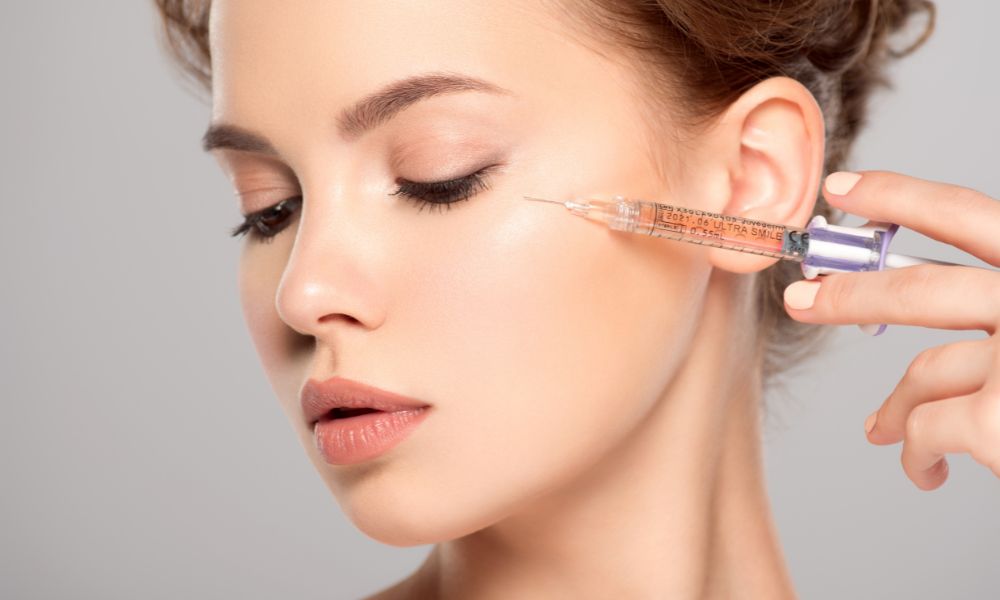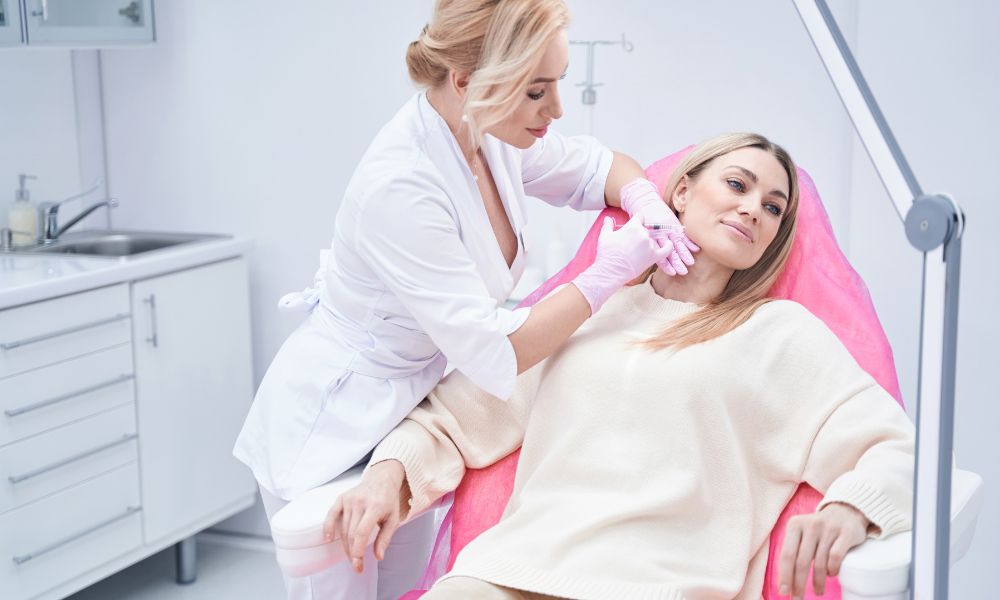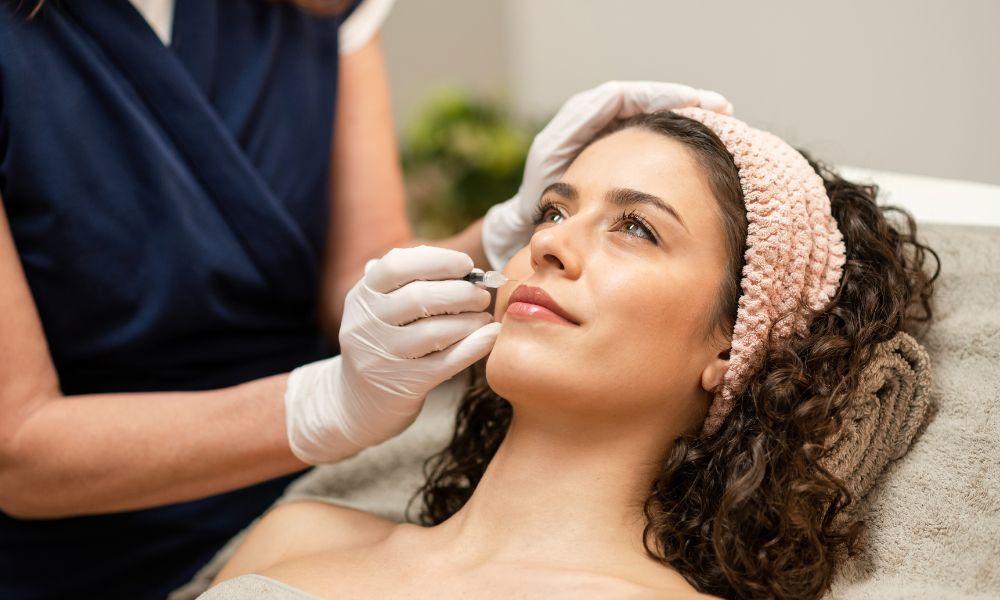
Cheek fillers have become a popular cosmetic treatment for those looking to enhance their facial features, restore lost volume, and achieve a youthful appearance. This non-surgical procedure involves injecting dermal fillers into the cheek area to add volume, contour the face, and smooth out fine lines.
But what happens after the procedure?
Read this blog post, and together, we will discuss post-treatment care and what to expect, which is crucial for optimal results.
Immediate Post-Treatment Expectations
Right after the procedure, it’s normal to experience some common side effects. These can include:
- Swelling: This is the most common side effect and usually subsides within a few days. Swelling can be more pronounced in some individuals, but applying a cold compress can help reduce it.
- Bruising: Minor bruising at the injection sites is normal and should fade within a week. Using arnica cream or taking oral arnica supplements can help minimize bruising.
- Tenderness and Redness: The treated area may feel tender and appear red for several days. This is a natural response to the injections and should resolve independently.
Professionals provide detailed aftercare instructions to ensure you manage these side effects effectively.

Tips for Post-Treatment Care
To enhance the results of your cheek filler treatment and ensure a smooth recovery, follow these post-treatment care tips:
- Avoid Touching Your Face: You must avoid touching, pressing, or rubbing your face for at least 24 hours after treatment. This prevents the filler from shifting and ensures it settles properly.
- Stay Hydrated: Drinking plenty of water helps maintain skin hydration and can improve the overall results of your treatment.
- Avoid Strenuous Activities: For the first 24 to 48 hours, avoid intense physical activities or exercises that increase blood flow to your face, which could exacerbate swelling or bruising.
- Sleep with Your Head Elevated: For the first few nights after treatment, sleep on your back with your head on pillows to reduce swelling.
- Avoid Heat Exposure: Steer clear of saunas, hot tubs, and prolonged sun exposure for at least a week post-treatment, as heat can increase swelling and bruising.
- Follow Your Practitioner’s Advice: Adhere to all aftercare instructions provided by your practitioner, including any recommended skin care products or medications.
What to Expect in the Days and Weeks Following Treatment
As the initial swelling and bruising subside, you will begin to see the final results of your cheek filler treatment. The fillers will settle into place, and your cheeks will appear fuller and more contoured. Here’s a timeline of what to expect:
- First Week: Swelling and bruising will gradually decrease. By the end of the week, you should notice a significant improvement in the treated area’s appearance.
- Two to Four Weeks: The filler will continue to settle, and any remaining minor swelling should completely resolve. Your final results will become more apparent during this period.
- Three to Six Months: The effects of cheek fillers typically last between six months to two years, depending on the type of filler used and individual factors. Regular follow-up appointments help maintain your desired look.

Long-Term Care and Maintenance
To prolong the effects of your cheek fillers and maintain a youthful appearance, consider these long-term care tips:
- Adopt a Healthy Skincare Routine: Use quality skincare products, including cleansers, moisturizers, and sunscreens, to keep your skin in optimal condition.
- Protect Your Skin from the Sun: UV exposure can accelerate the aging process and affect the longevity of your fillers. Always use a broad-spectrum sunscreen with at least SPF 30.
- Maintain a Healthy Lifestyle: A balanced diet, regular exercise, and staying hydrated contribute to overall skin health and can enhance the longevity of your fillers.
- Schedule Regular Touch-Ups: Depending on the type of filler and your body’s response, you may need touch-up treatments every six to twelve months to maintain your results.
Common Concerns and When to Seek Help
While cheek fillers are generally safe, it’s important to be aware of potential complications. Contact your practitioner if you experience any of the following:
- Persistent or worsening swelling and bruising beyond two weeks.
- Signs of infection include increased redness, warmth, or pus at the injection sites.
- Unusual lumps or unevenness in the treated area.
- Severe pain that does not respond to over-the-counter pain relievers.
Cheek filler treatments can significantly boost your facial aesthetics, offering a non-surgical solution to enhance volume and contour. You can enjoy beautiful, long-lasting results by following the proper post-treatment care and understanding what to expect. At Saint Aesthetix, our experienced professionals are dedicated to helping you achieve your desired look safely and effectively.
Ready to enhance your natural beauty with cheek fillers?
Contact Saint Aesthetix today to schedule your consultation and take the first step towards a more confident you.


